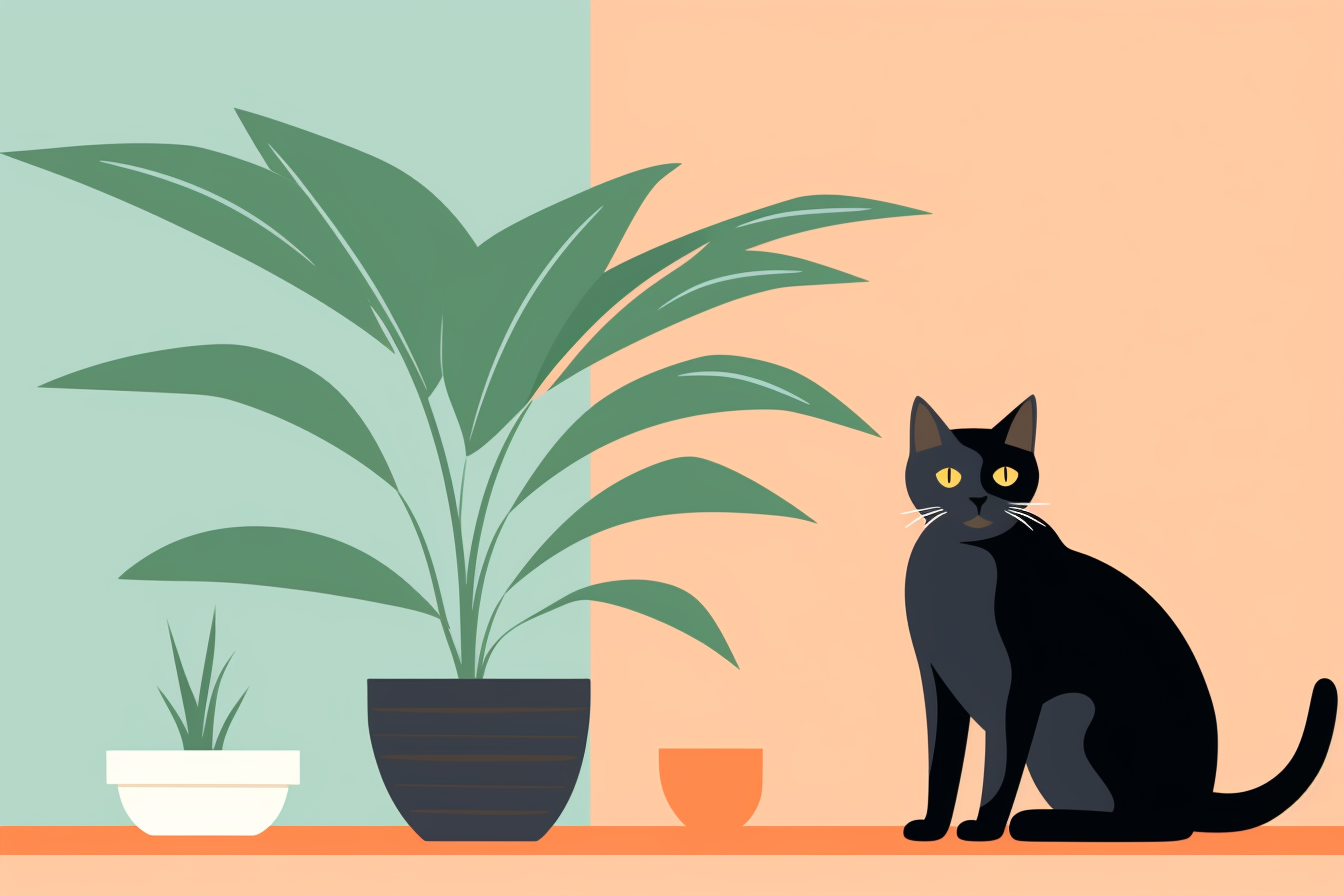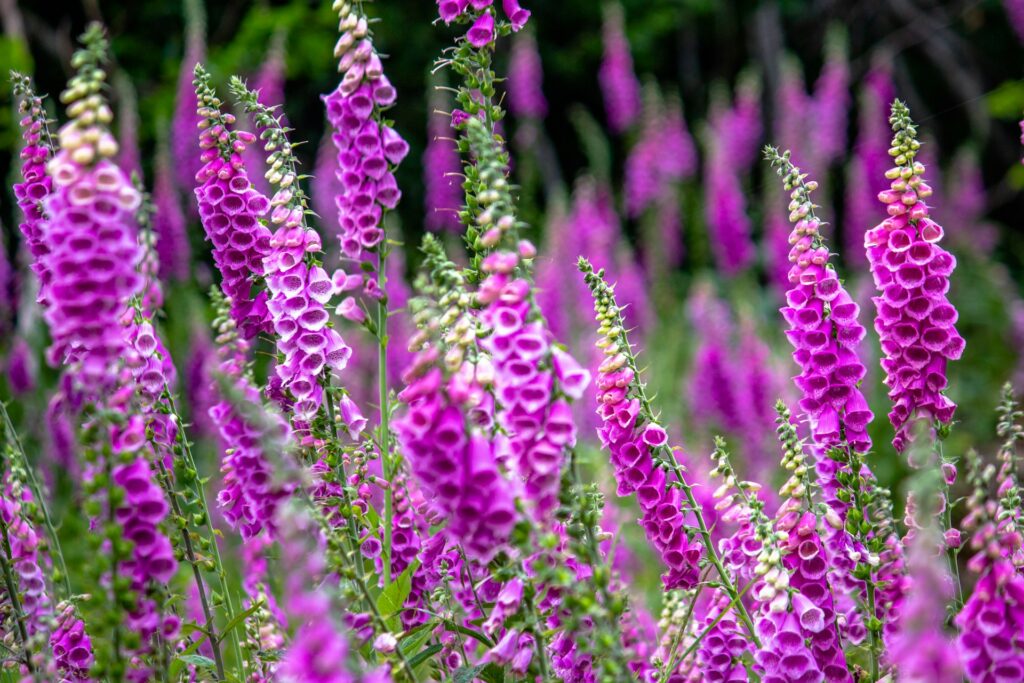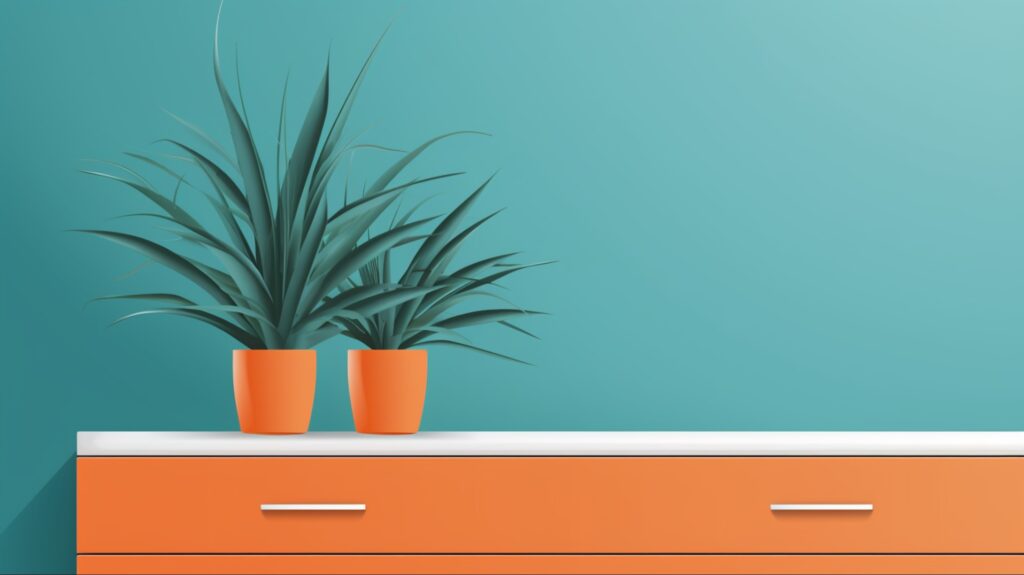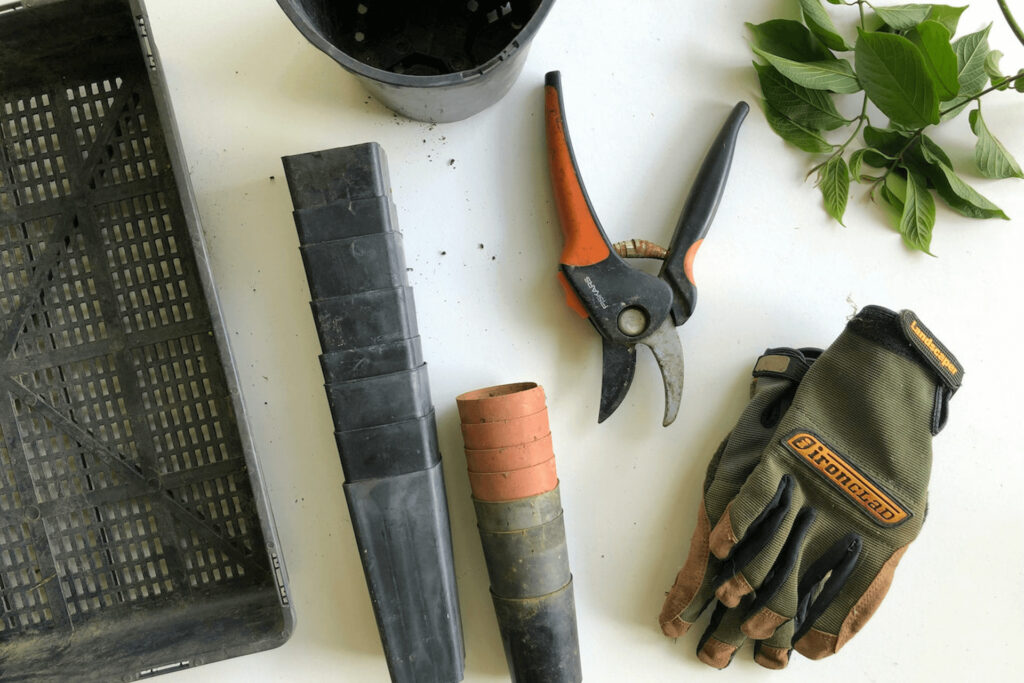
We are reader-supported. When you buy through links on our site, we may earn an affiliate commission.
Many common houseplants are toxic to cats. Snake plants, English ivy, peace lilies, pothos and many others can cause hypersalivation, vomiting, diarrhea, swelling and other serious issues. However, there are quite a few cat friendly house plants that look lovely indoors and pose no threat to kitties.
1. Baby Tears
This delicate looking house plant grows to form a mat or carpet of tiny green leaves. They do well in hanging baskets and around the base of indoor trees. Plus, they’re non-toxic to curious kittens. Place this plant in bright, indirect sunlight and keep the soil moist. Avoid overwatering as it may cause the roots and stem to die. Additionally, fertilize it every two weeks in the spring and summer when actively growing and producing flowers.
2. Banana
Large houseplants like weeping figs and sago palms make a bold statement in the corner of your living room or entryway. However, these big houseplants can poison your cat if they ingest the leaves. If you want a big plant, opt for a banana tree. Its leaves grow tall and fan out, adding a beautiful touch of green to any room. Plant in rich soil and place it in bright light, watering it frequently to emulate its natural rainy habitat.
3. Spider Plant
Spider plants are adaptable and extremely forgiving, making them the perfect houseplant for beginners. As it grows, its spiderettes flower and dangle down from the mother plant. Place them in a hanging planter or on a shelf to let their long leaves drape down. Of course, you might also keep this plant on the kitchen counter or bathroom because a few curious nibbles from your cat will do neither party any harm.
4. Areca Palm
Areca palms — or butterfly palms — can turn any space into a tropical oasis. These plants can grow to be 10 to 30 feet tall and thrive in bright, indirect sunlight. They also prefer slightly acidic soil that ensures proper drainage. While they do best in humid climates, they will adapt to normal room humidity. As your plant grows, the palm fronds may spread out and trigger your cat’s swatting instincts. However, they aren’t toxic, so no need to worry.
5. Boston Fern
Consider adding a Boston fern to your home if you crave the lush greenery of a pothos or English ivy plant. This houseplant is beautiful in hanging planters and is one of the easiest ferns to care for and maintain. Keep yours in the coolest spot in your home and give it lots of indirect sunlight. Their long, shaggy fronds may tempt cats, but that’s alright because they won’t do your kitty any harm.
6. Polka Dot Pant
Add a pop of color to any room with a polka dot plant. Its spotted leaves come in purple, red, white and more and you can propagate more by cutting and planting a few. They enjoy warm, humid climates, so your bathroom may be the perfect spot for one. This pretty pink plant is also cat friendly. However, if your kitty has a sensitive stomach and eats a large quantity of the plant, it may cause them mild digestive discomfort.
7. Haworthia
Skip the faux succulents and get a haworthia. This spiky plant is incredibly easy to take care of, requiring a single watering each week. White, pearly bands cover their rosettes, which grow slowly and only ever reach a few inches tall. Haworthias prefer bright sunlight, just like their cousin, the aloe plant. However, unlike aloe, haworthia is not toxic to cats.
8. Swedish Ivy
While English ivy may pose a threat to curious cats, Swedish ivy won’t cause any adverse side effects if your furry friend takes a bite. Yet, this plant is just as beautiful as your typical ivy. Its long, creeping vines effortlessly drape over hanging pots and it won’t mind dry soil if you forget to water it now and then. Water weekly to encourage rapid growth and vibrant leaves.
Protecting Your Cat Friendly House Plants
Once you stock up on cat friendly house plants and your home boast lots of greenery, you may have to worry about their health instead of your cat’s. Those paws and teeth can cause quite a bit of damage to leaves and fragile stems. Thus, although they may be safe for your kitten to nibble, you may want to place these plants out of reach to protect them.
Find a dresser, countertop or shelf that’s too high for your cat to jump onto and keep some plants up there. You might also place them in hanging baskets around your home to keep your nosy pet from digging in the dirt. Remember to trim hanging varieties if you don’t want the cat swinging around like Tarzan.










